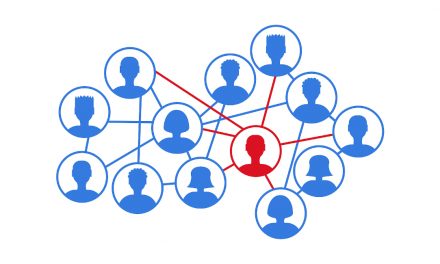By Steve Moran
According to The Wall Street Journal in April 2021, the number of people who quit their jobs was higher than it has been since 2020. Going from:
The wave of resignations marks a sharp turn from the darkest days of the pandemic when workers craved job security while weathering a national health and economic crisis. In April, the share of U.S. workers leaving jobs was 2.7%, according to the Labor Department, a jump from 1.6% a year earlier to the highest level since at least 2000.
According to CNBC, the “largest exits are happening in retail trade; professional and business services; and transportation, warehousing, and utilities. Workers most likely to quit live in the South, Midwest, and West regions.” Those retail folks are largely our same pool of frontline workers.
Also consider this, according to BGR.com beginning July 15, most families with kids will be receiving payments of either $250 or $300 per month. If you have employees with several kids this could be a good chunk of additional cash each month.
On one hand, you might argue that it would make it easier for them to stay working for you, and maybe that is true if you have a great work environment that stresses the work you do, a place where they love coming to work every day.
On the other hand, it will give them more freedom to either quit and stay home or look for another job.
One More Looming Threat
This threat is a curious one because if the threat becomes a reality it will be because the federal government did the right thing. At this very moment, AHCA/NCAL and LeadingAge are pushing hard on a package to increase reimbursement for CNAs. While I suspect the industry will not get 100% of what they want, I believe they will get most of it, which will mean CNA pay will be going up.
This is 100% right and good. But imagine what a 25% pay bump with a promise of wage inflation escalators will do to the labor market for the rest of senior living.
The Answer
Coming out of Covid, the labor crisis may very well represent the single biggest existential threat to senior living. It is a hard truth, but operators must be prepared to pay more for their frontline staff. There are some strategies that will make it easier:
- Embrace every new, even crazy, technology that will reduce labor costs. In my view, every single senior living community needs at least one robot, they can and are doing things that save labor costs.
- Make working for your community, your organization the most meaningful thing your team members have ever done.
- Have frank conversations with your residents about the reality you are facing.
- Ask your team what you can do to make work better and more efficient. They will blow you away with their ideas.
Where This Could Lead
There will always be a niche market for high-end, high-lux senior living. It will be more expensive, but there will always be a group of residents and families that can afford that. But I believe we will see a new class of senior living that will be focused on creating great experiences, fostering new interests, and new relationships.
It could turn out that this labor crisis will be the single best thing that, in the long run, ever happened to senior living.








